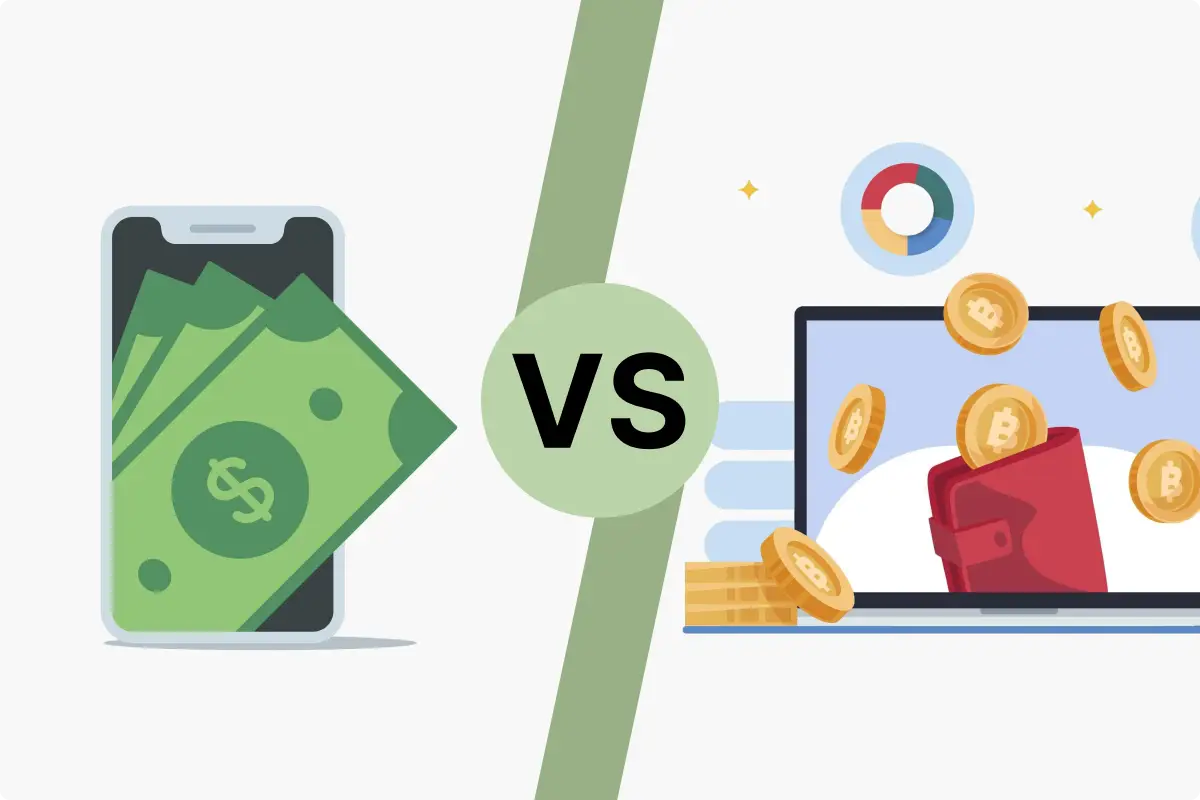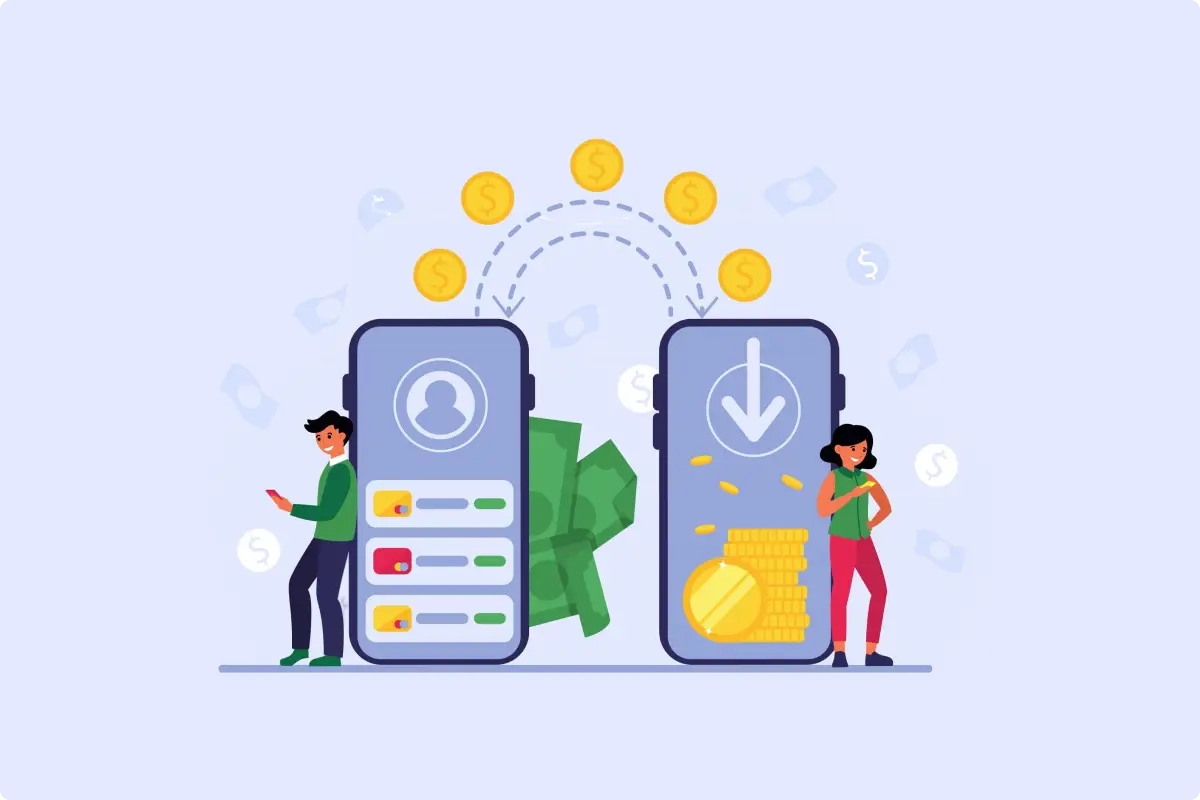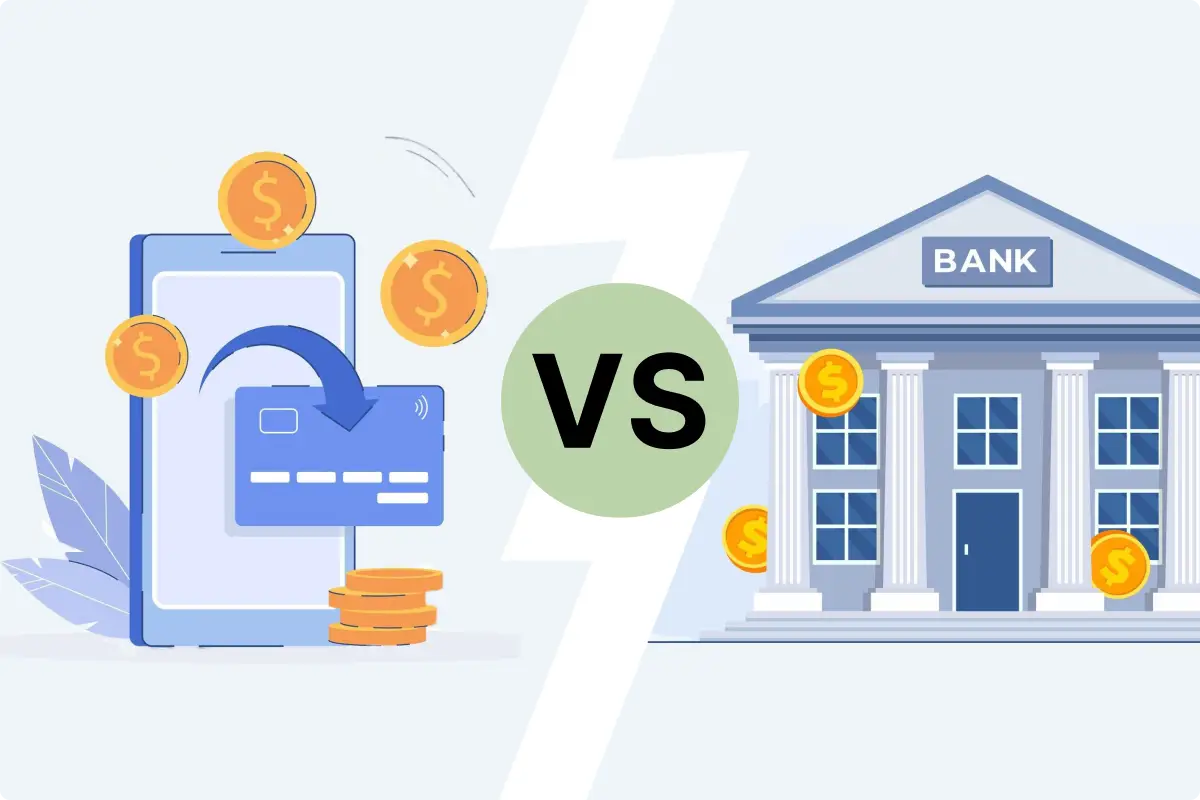Mobile Money vs Digital Money: Key Differences and Similarities

Mobile money and digital money are terms often used interchangeably, but they have distinct differences when it comes to their usage, underlying technologies, and functionalities. Below is a comparison of these two concepts:
1. Definition and Technology
- Mobile Money refers specifically to financial services that are conducted via mobile devices, particularly through SMS, apps, or USSD technology. It allows users to send, receive, store, and manage money using their mobile phones, often without the need for a bank account. Popular examples include platforms like bKash, M-Pesa, and GCash. Mobile money often operates on a network of agents who facilitate cash deposits and withdrawals.
- Digital Money (or e-money), on the other hand, is a broader term that encompasses all forms of money stored and transacted electronically, including money in digital wallets, online banking systems, and cryptocurrencies. It refers to any payment or transfer of value that is initiated digitally, whether it’s through mobile apps, online platforms, or even blockchain-based systems.
2. Key Features and Scope
- Mobile Money:
- Access via Mobile Phones: Users typically don’t need a bank account, making it ideal for regions with limited access to traditional banking services.
- Physical Agents: Many mobile money systems rely on a network of agents where users can deposit and withdraw physical cash in exchange for mobile money. This is crucial in underbanked areas.
- Geographically Limited: Mobile money is often more region-specific (e.g., M-Pesa in Kenya or bKash in Bangladesh) and may not be as widely accepted globally.
- Digital Money:
- Wider Applications: Digital money can be used across a variety of online services, such as e-commerce, peer-to-peer (P2P) transactions, and even virtual currencies like Bitcoin or Ethereum. It's not restricted to mobile phones.
- Integration with Banks: Many digital money platforms are integrated with bank accounts, allowing seamless transfers between traditional bank accounts and digital wallets or platforms (e.g., PayPal, Apple Pay).
- Global Reach: Digital money can often be used internationally for both cross-border transactions and online purchases, offering a more global scope compared to mobile money.
3. Usability
- Mobile Money:
- Target Audience: Primarily aimed at people in developing countries or those without access to formal banking systems.
- Offline Capabilities: Some mobile money systems allow users to perform transactions even when they don't have a reliable internet connection (e.g., through USSD codes).
- Peer-to-Peer Transactions: Often enables person-to-person money transfers, bill payments, and mobile recharges through mobile networks.
- Digital Money:
- Banking Integration: Digital money often relies on an internet connection for transactions, as it is commonly linked to online banking or digital wallets.
- Broader Use Cases: It includes everything from virtual goods in online games to real-world transactions. Cryptocurrencies fall under digital money as well, representing a decentralized form of digital currency.
4. Security and Regulation
- Mobile Money:
- Less Regulation: In many developing countries, mobile money services operate with less stringent regulation than banks, though some countries have recently started to introduce more oversight.
- Security Concerns: While mobile money is secure in many ways, it can be more vulnerable to fraud and theft, especially in areas with lower technological literacy or where mobile networks are not highly secure.
- Digital Money:
- Highly Regulated: Digital money services, especially those linked to traditional banks, are subject to strict financial regulations, including anti-money laundering (AML) and Know Your Customer (KYC) guidelines.
- Cryptocurrency Security: Cryptocurrencies, as a form of digital money, face their own set of security challenges, including hacking risks and volatility.
5. Examples
- Mobile Money:
- bKash (Bangladesh), M-Pesa (Kenya), GCash (Philippines)
- Digital Money:
- PayPal, Venmo, Apple Pay, Bitcoin, Ethereum
Conclusion
While mobile money focuses on providing financial services to the unbanked through mobile devices, digital money encompasses a wider range of electronic money systems that can be used for global transactions, including cryptocurrencies and digital wallets. Both are vital in advancing financial inclusion, but they serve different needs based on the region, infrastructure, and technological adoption levels.

Download User App & Agent App
All the power of niche in your pocket. Schedule, publish and monitor your accounts with ease.
Popular articles!
See More






